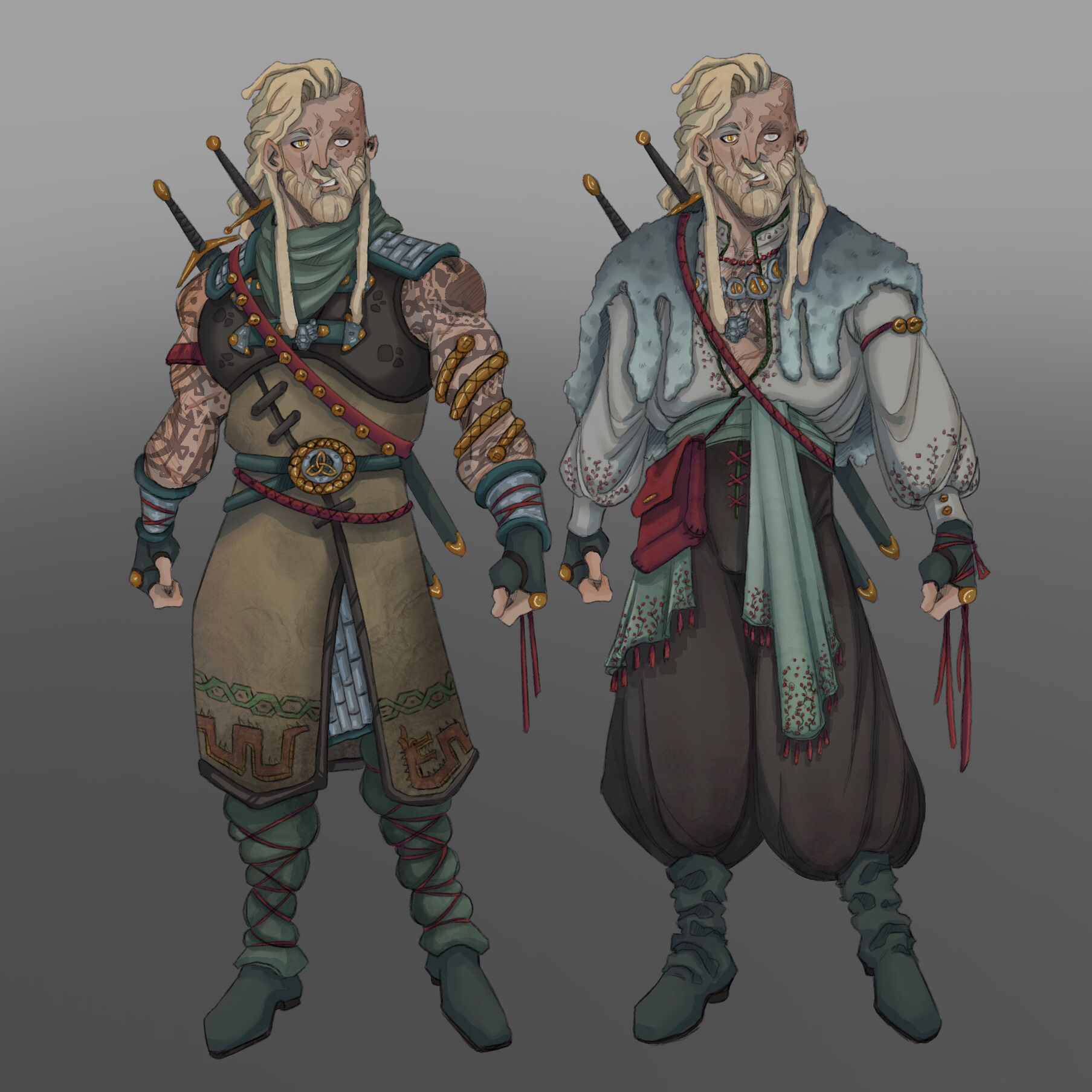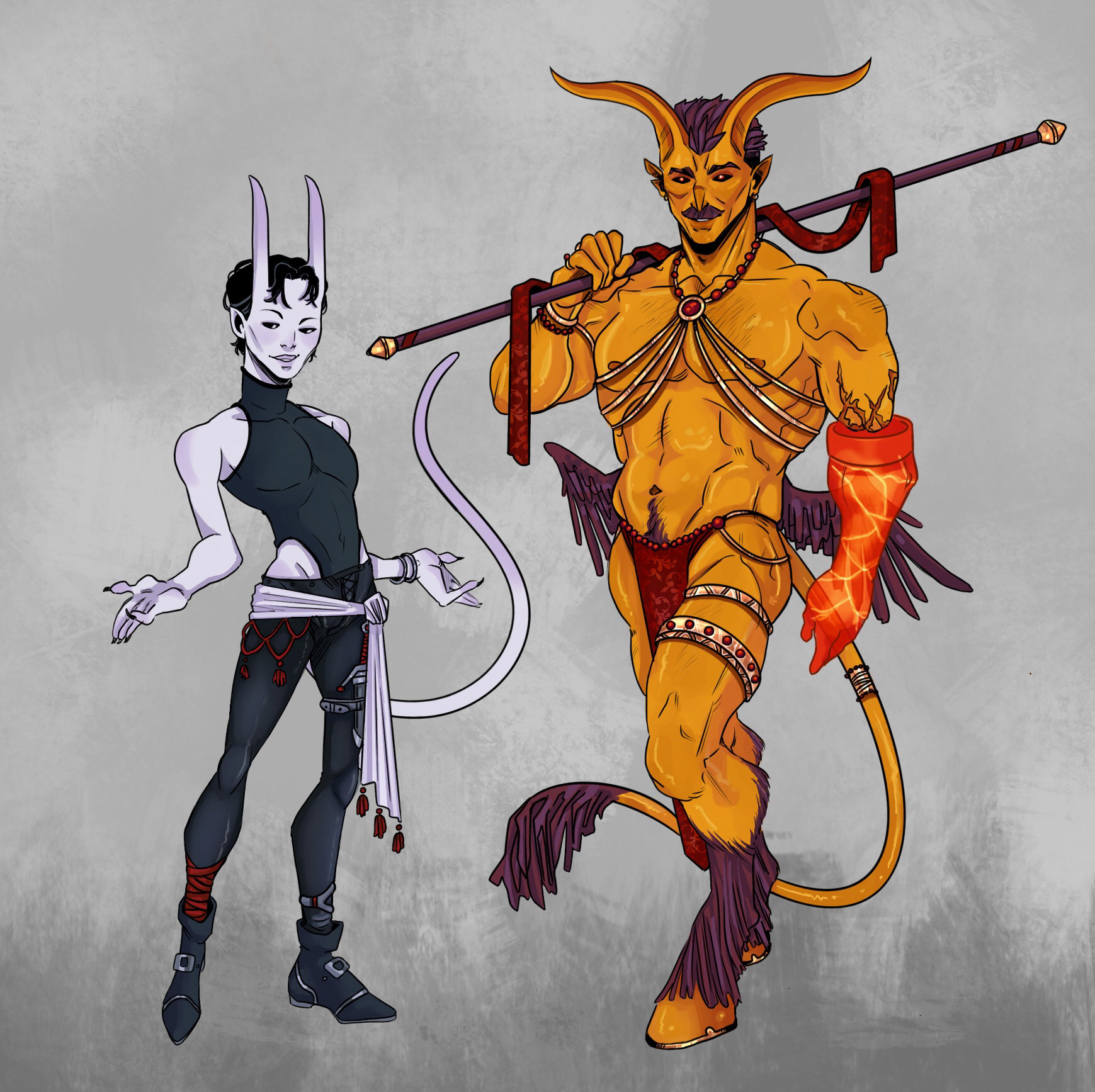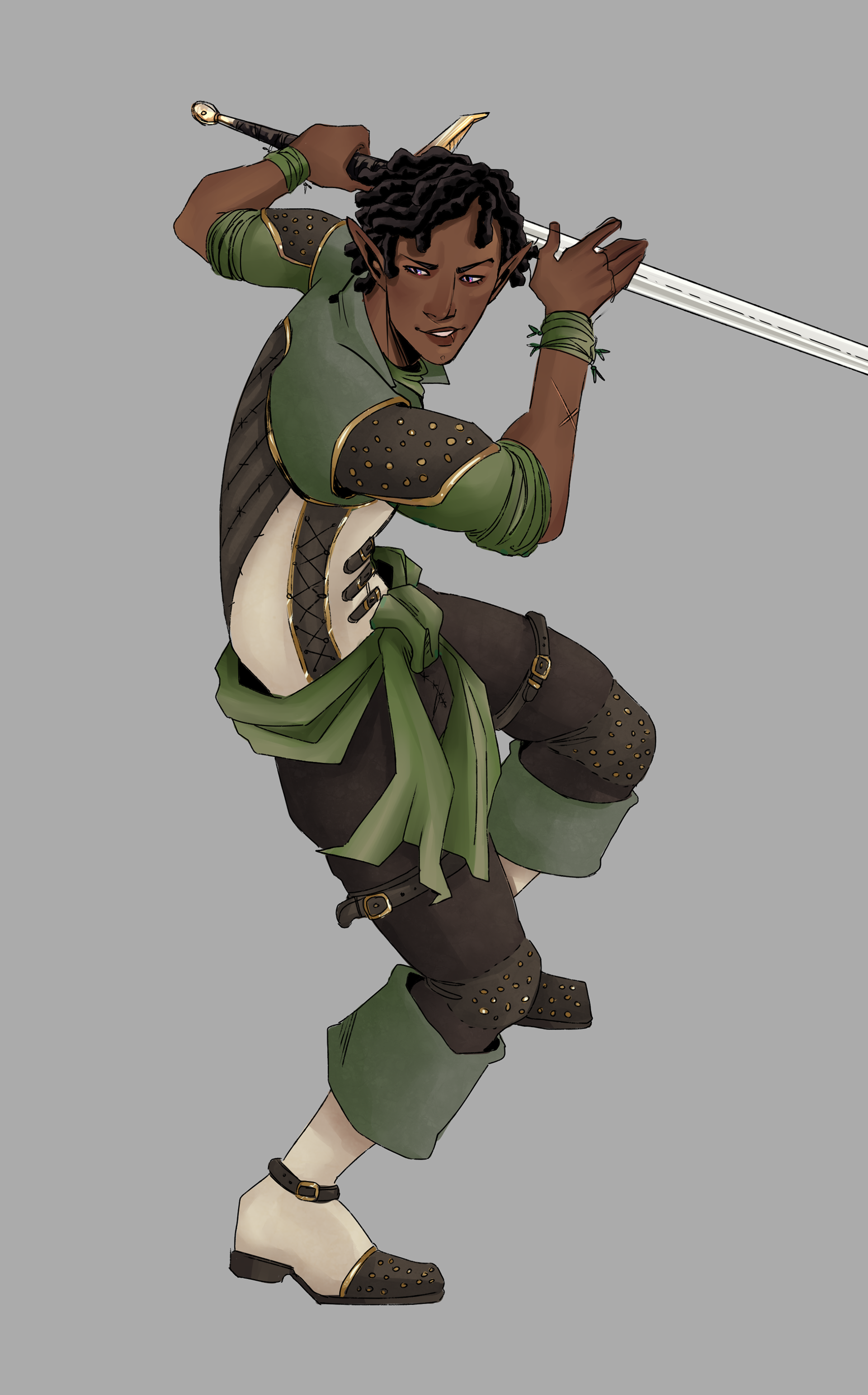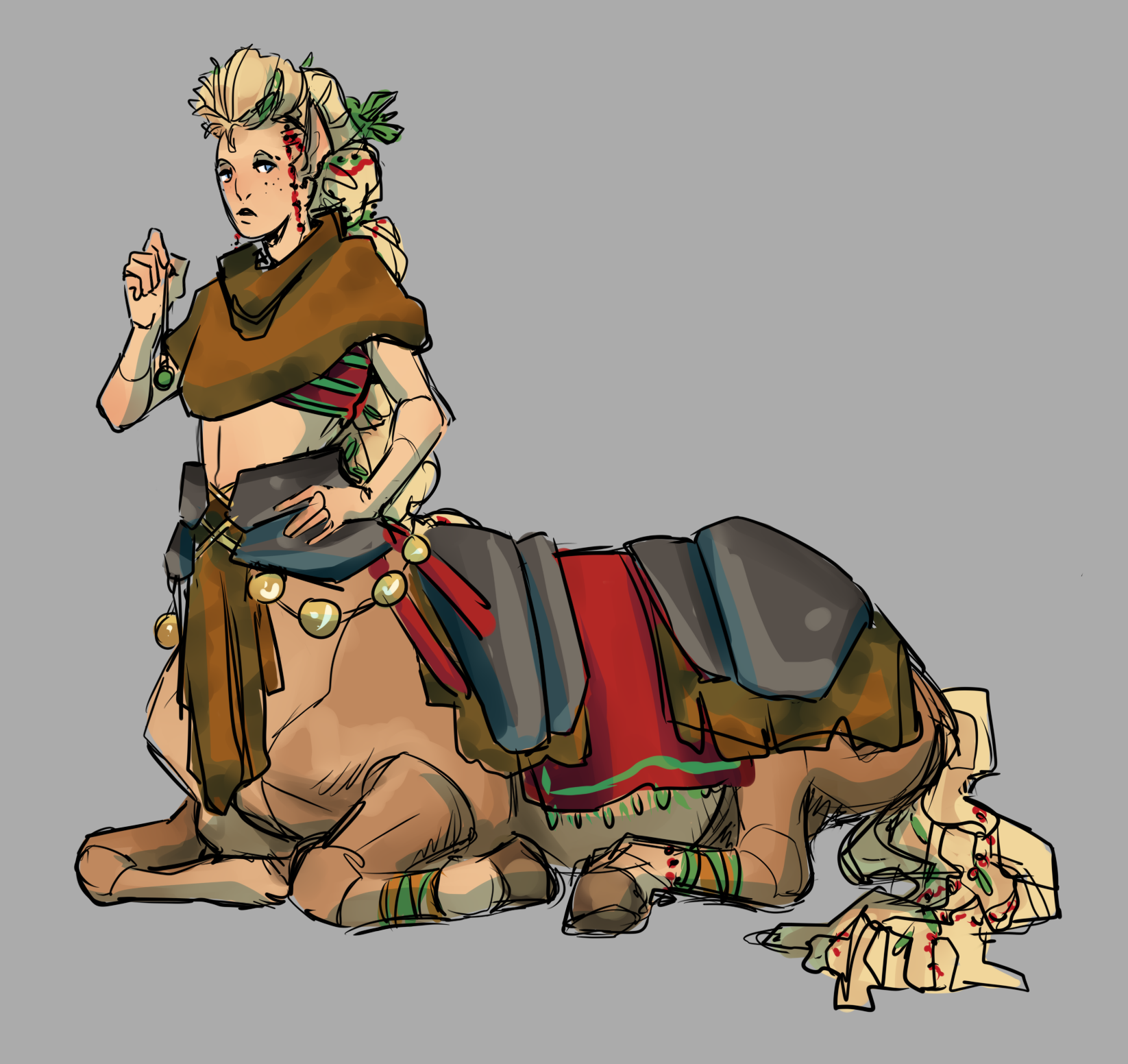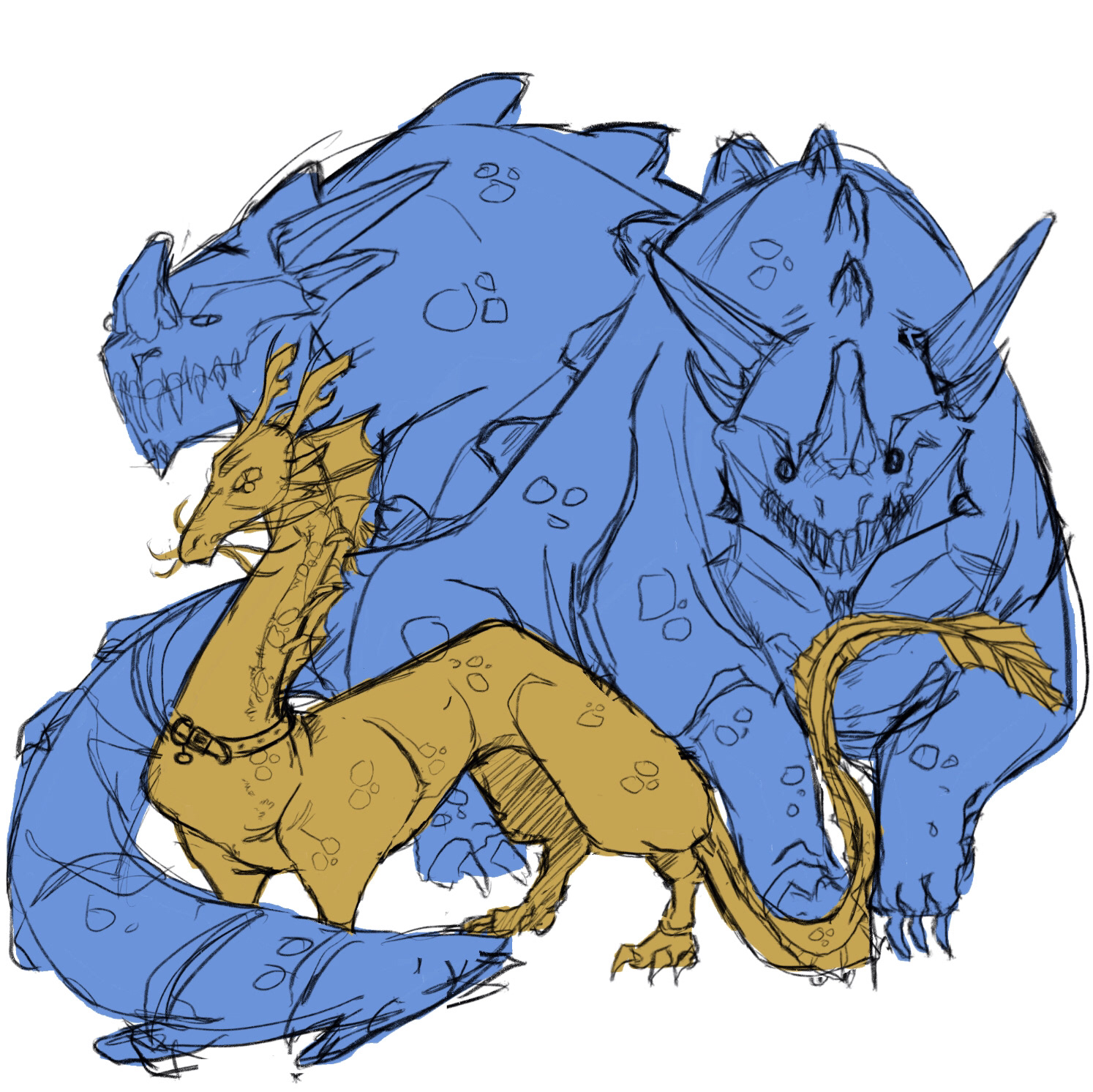Pilgrimage initially started in late 2018 and spanning through to present day. PilgriMage focuses on developing a campaign setting and characters for a tabletop RPG. The main story focuses on the College of Magi, which sends its students out on a pilgrimage through the world below in order to complete the final phases of their training.
Environmental Concept: The End In Sight
In PilgriMage the goal of the main characters is to reach the College of Magi, suspended on a floating island and only accessible via a portal which continually changes location. This was the first strong visual developed.


Portal Styles, potential magical frames and rune-work. Portals should feel like they'd risen from the earth by magical means.
Magic
In visually developing a magic system, several ideas were explored regarding channeling - pushing power along a path to achieve a result. The player would need to anchor their character to either an object, a weapon, or something like paint or tattoos of runes to draw on the magic of the world.


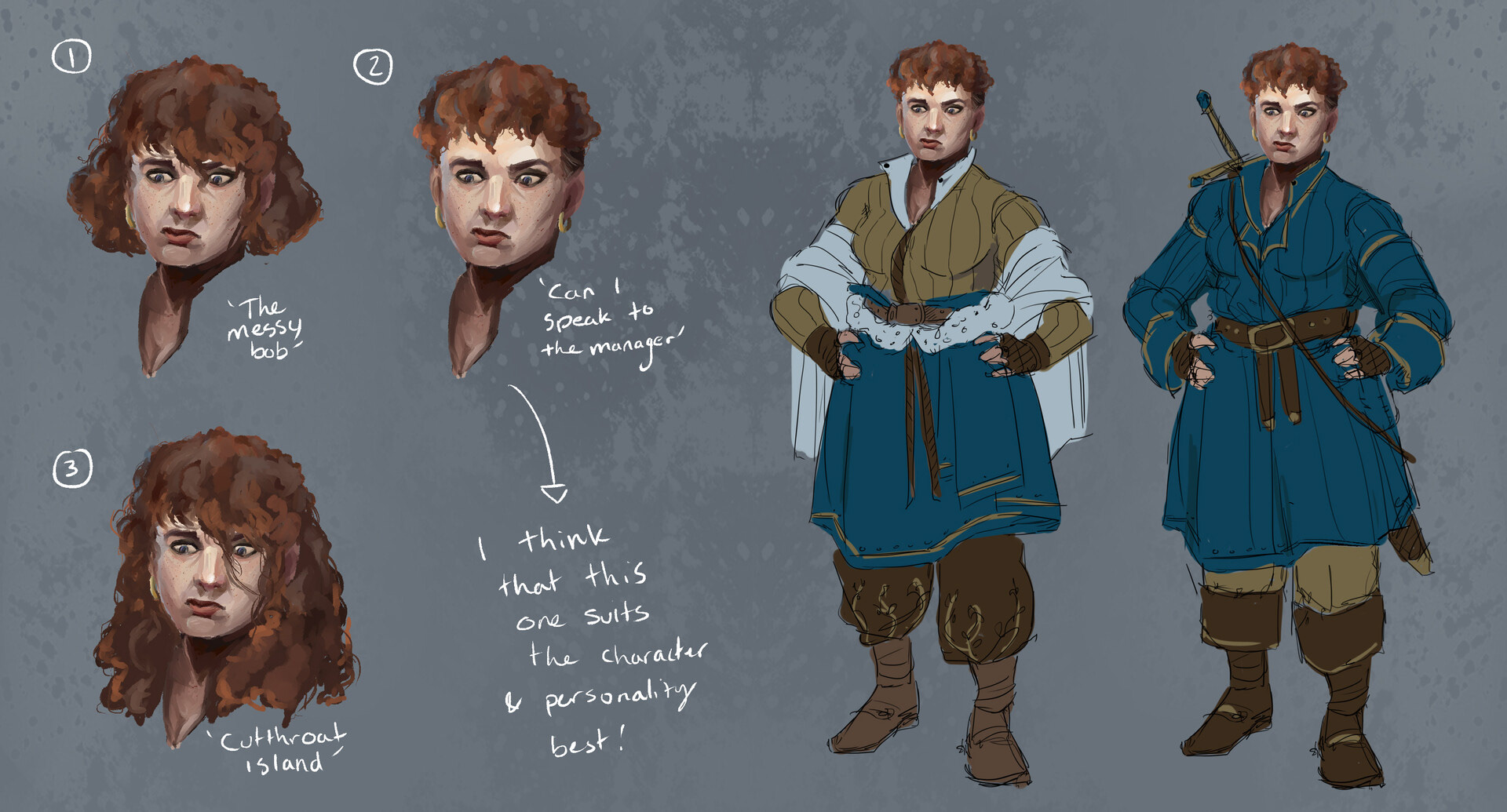



Characters (NPCs)
The Hermit
The Hermit acts as an NPC companion to the Pilgrim (player characters), who would meet them on the initial leg of their journey back to the College of Magi. While the Pilgrim would be player-designed, the hermit required a fully realised character design prior to play.
A former student, the Hermit has since become a master of necromancy - a school of study strictly forbidden by the college. They had failed their own pilgrimage years ago, and while never directly seeking to return to the College of Magi, they offer to help the Pilgrim as a guide.





Younger Hermit concept
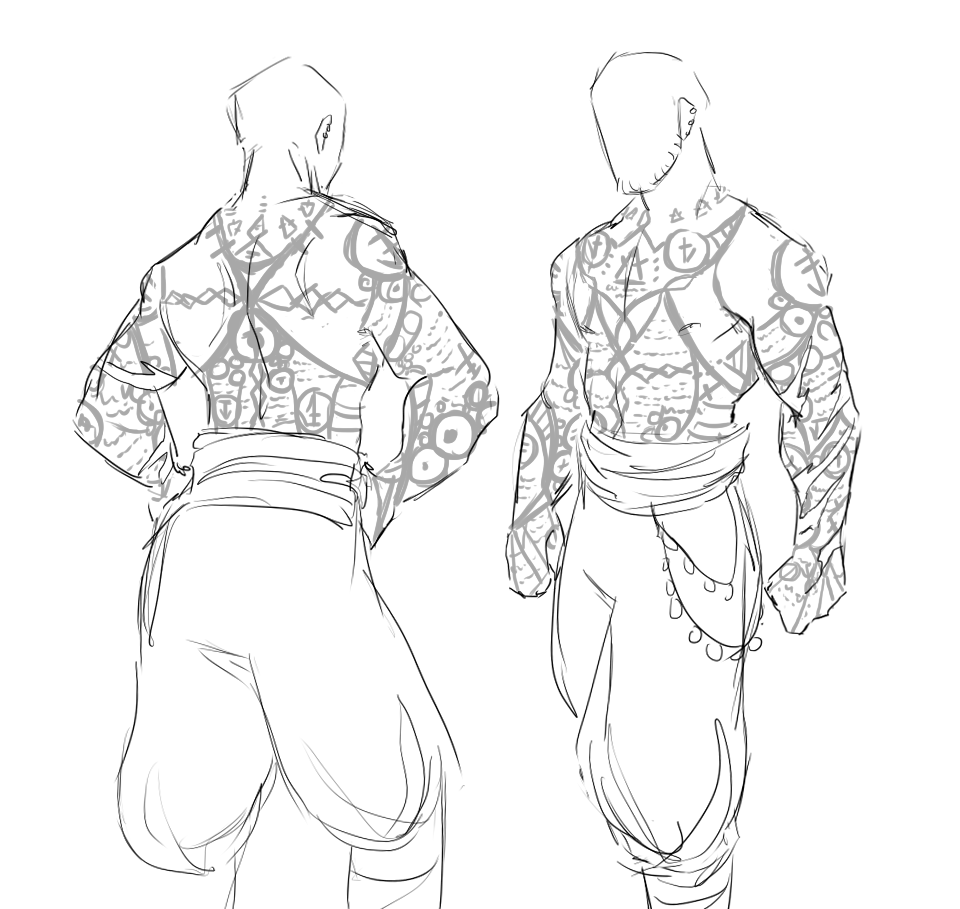
Initial tattoo design

The Hermit older design
More fantasy-heavy concepts for the character would go on to influence further NPC design.




Side Characters
NPCs serve to aid or hinder the Pilgrim through their journey, and help provide a distinct feel to the areas they inhabit. A wide range of designs were needed to keep each area of the map distinct, as well as providing an appropriate tone for each new place discovered.



A Firbolg guide for the Frozen North, covered in thick furs to protect against the elements.
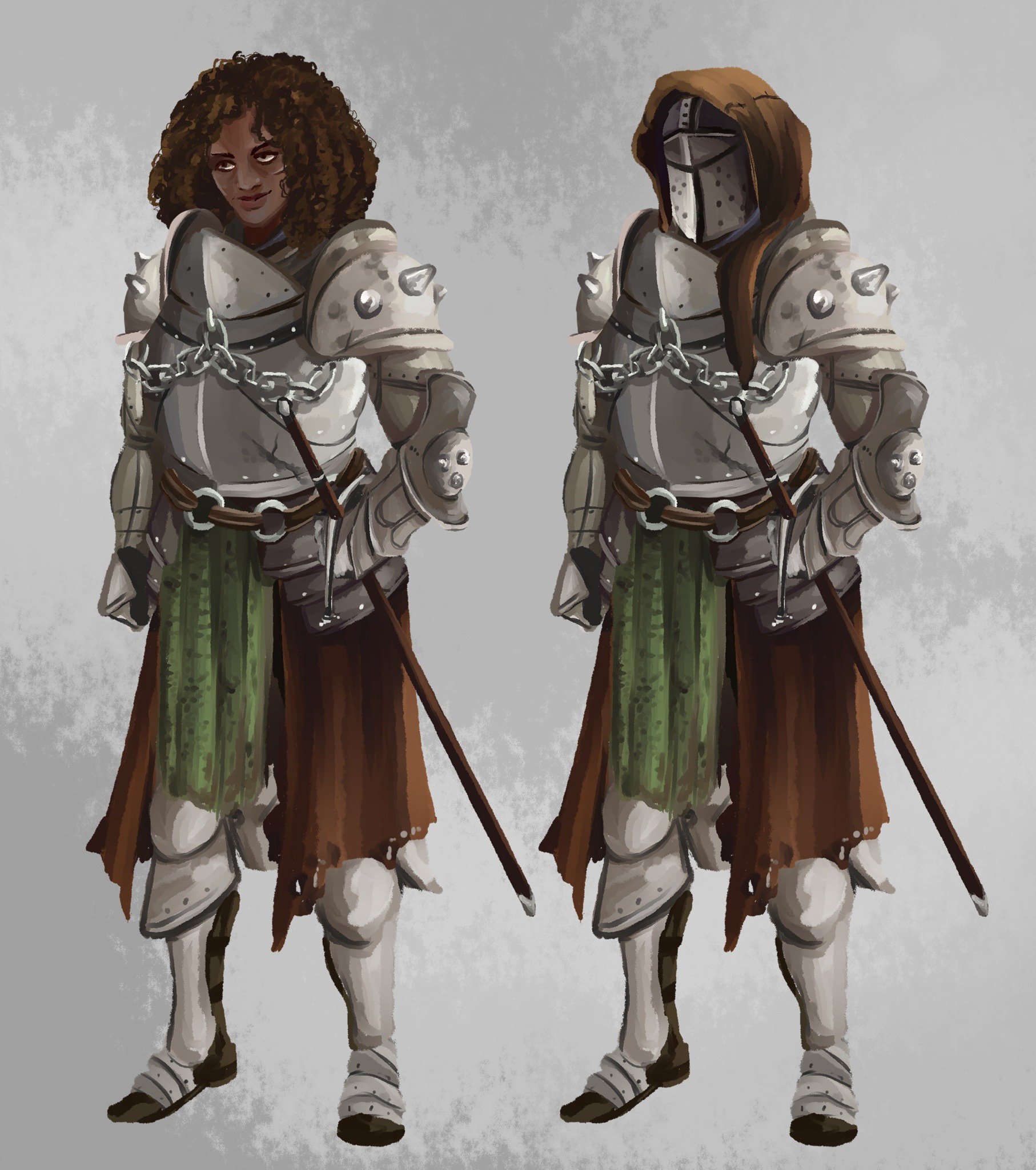

Concept for the town constable (left) and various characters that would be encountered in the first area of the South (right).
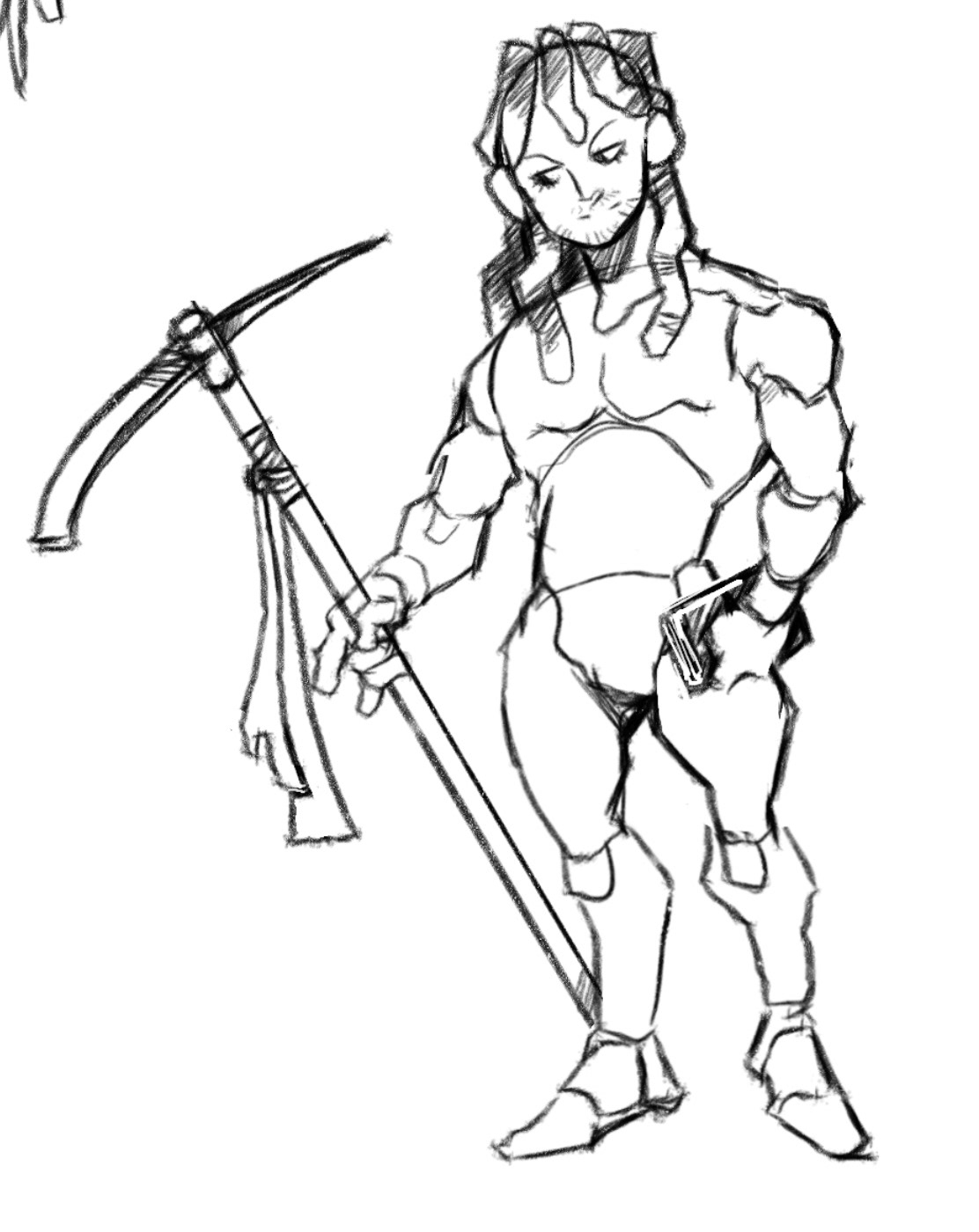
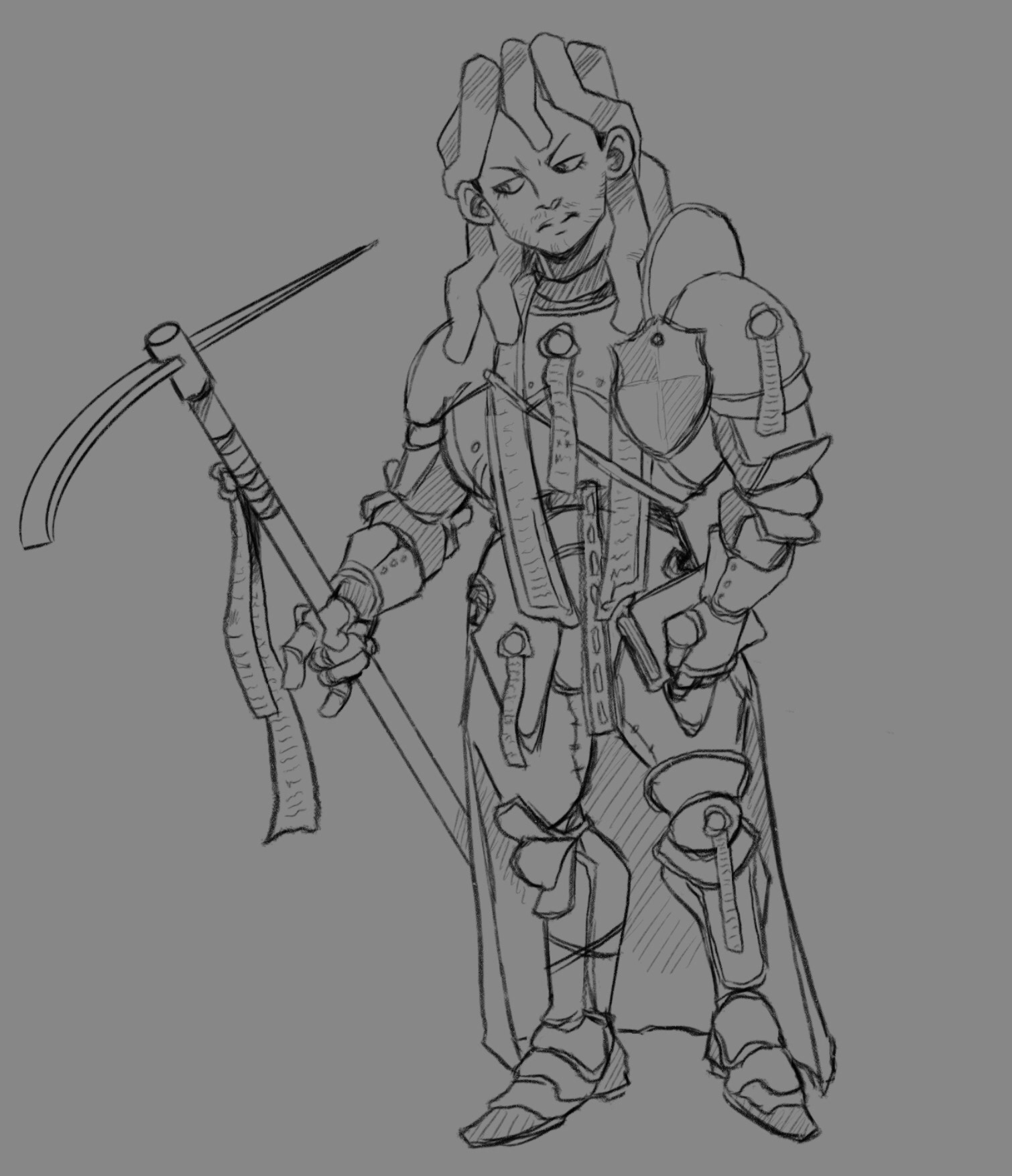


Members of a traveling circus players would encounter on the road between locations.
